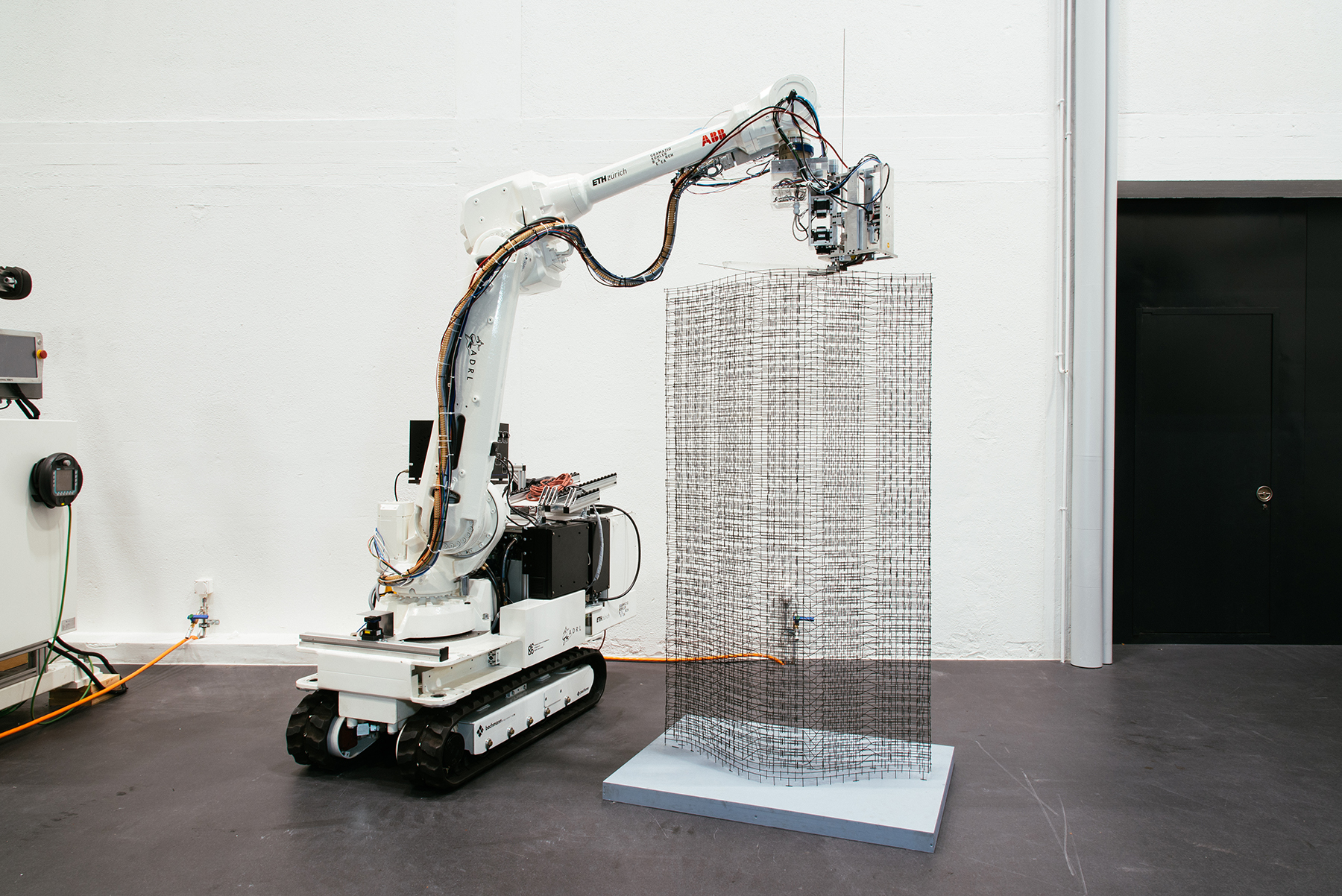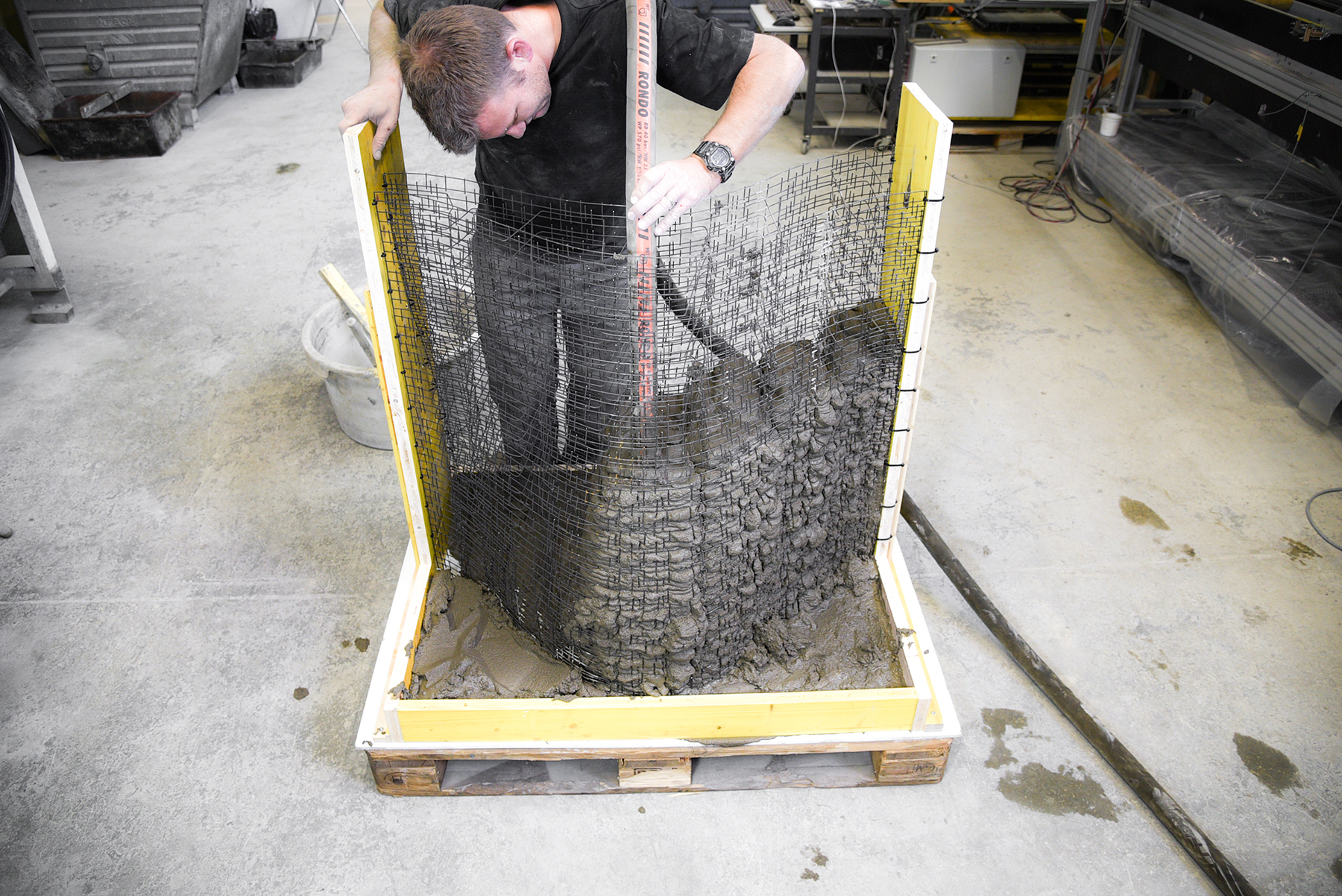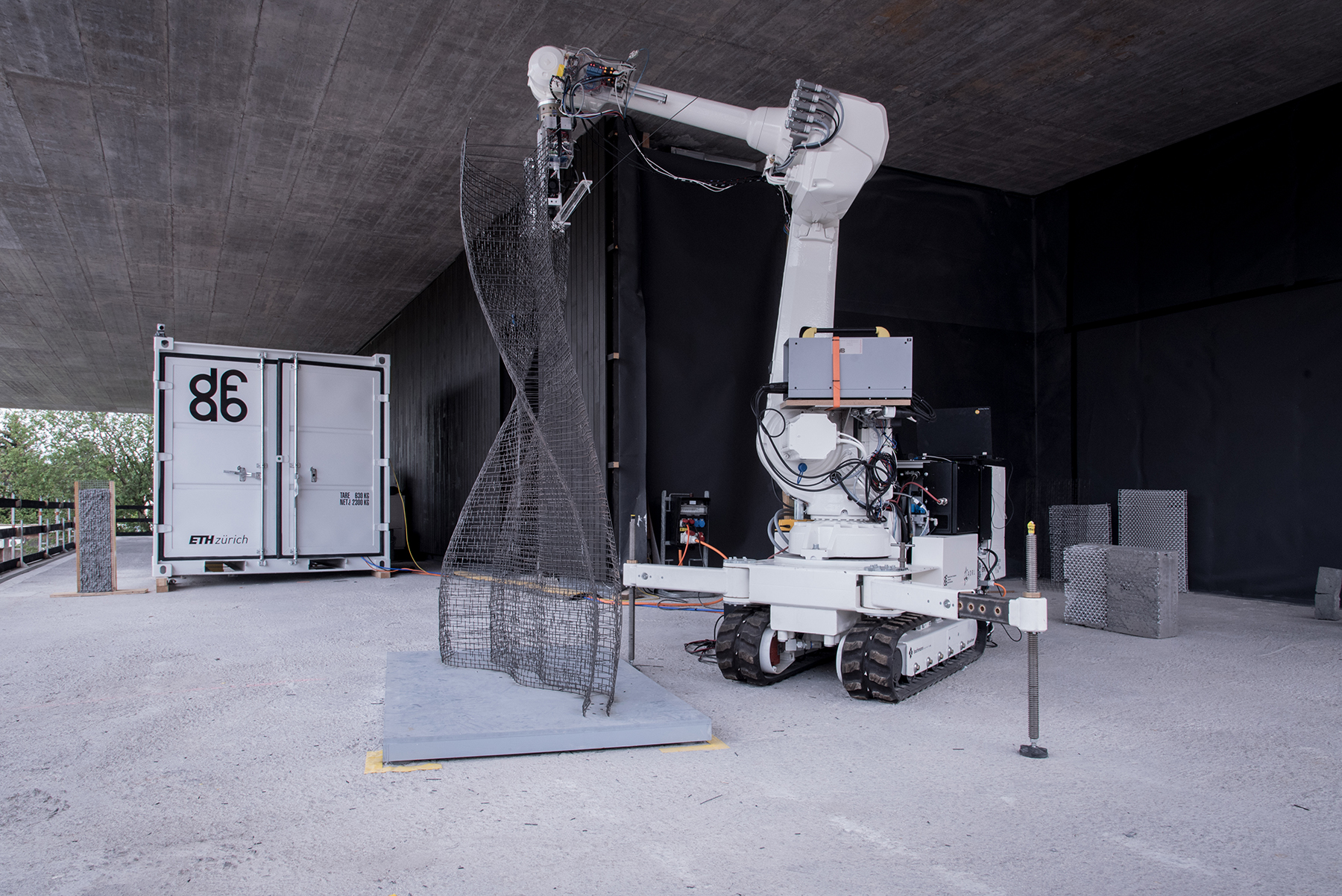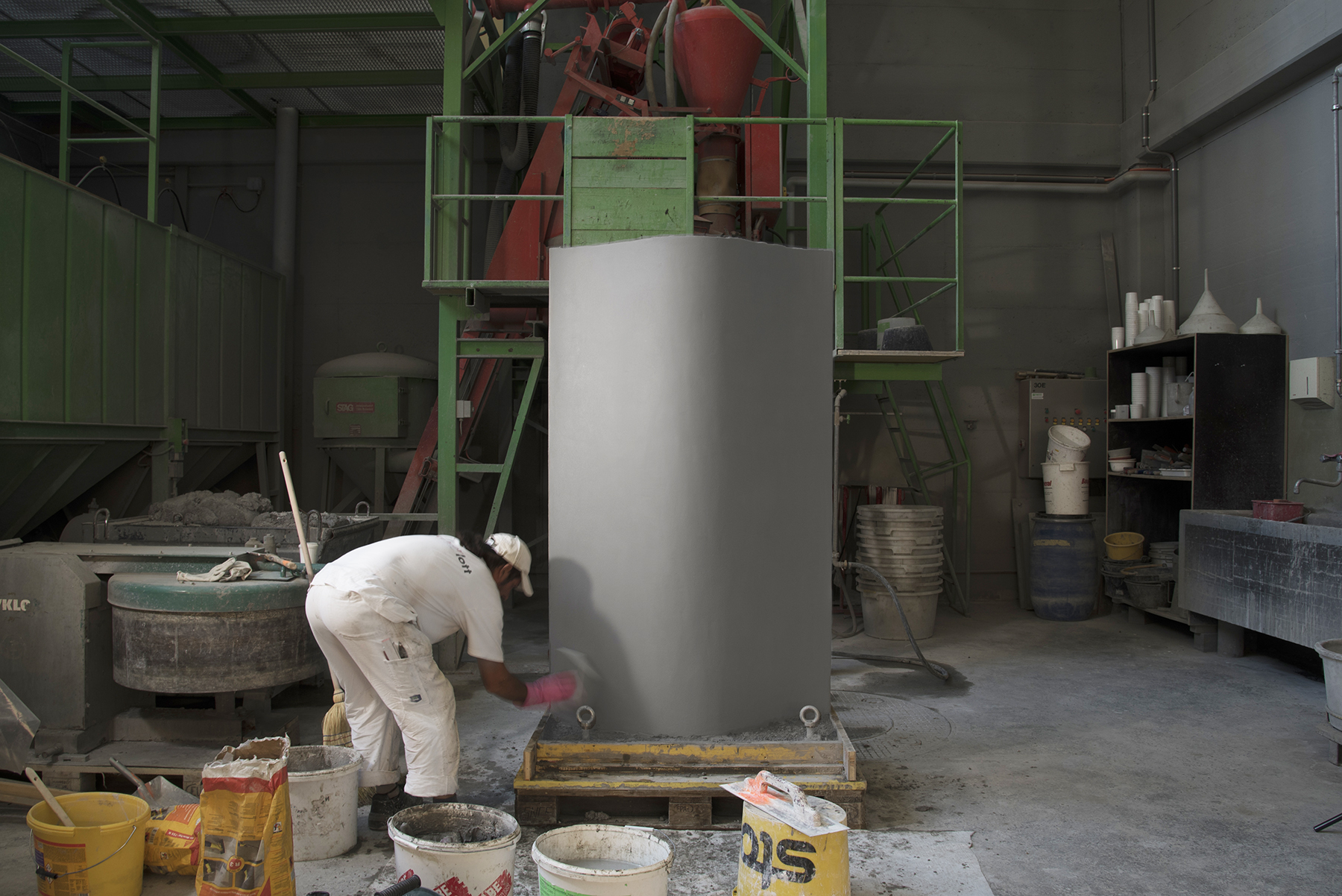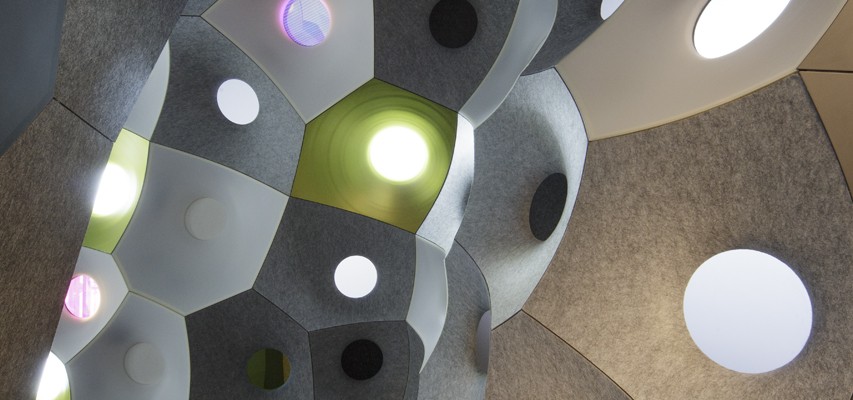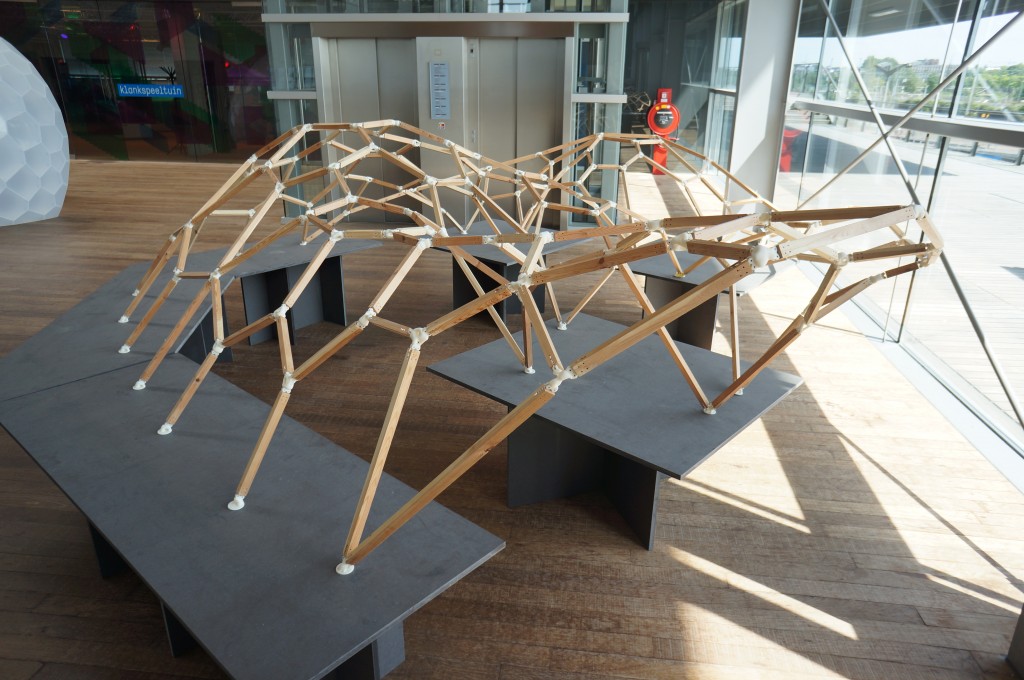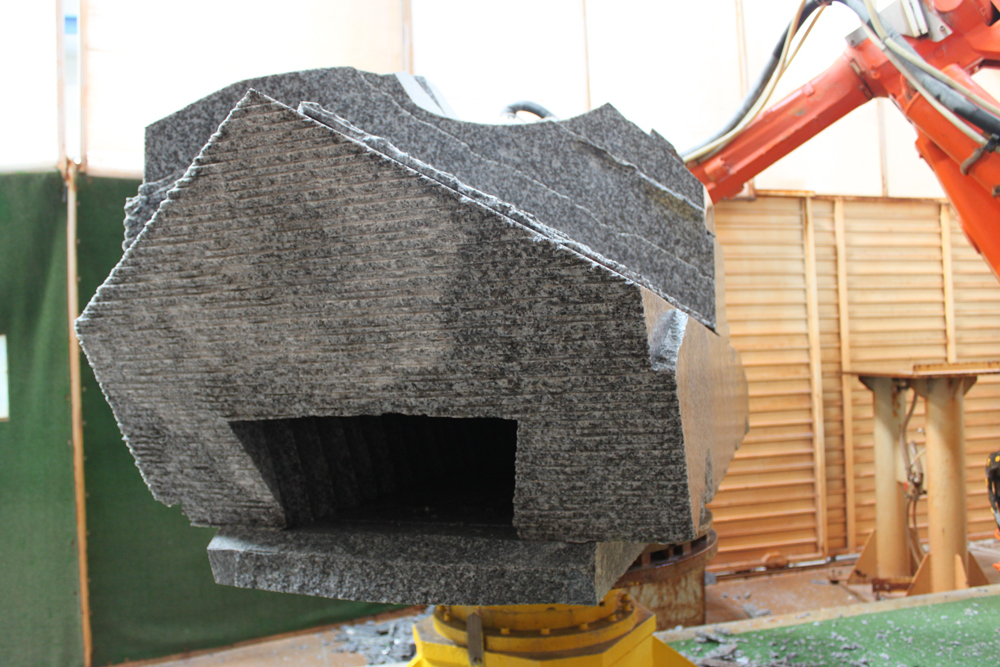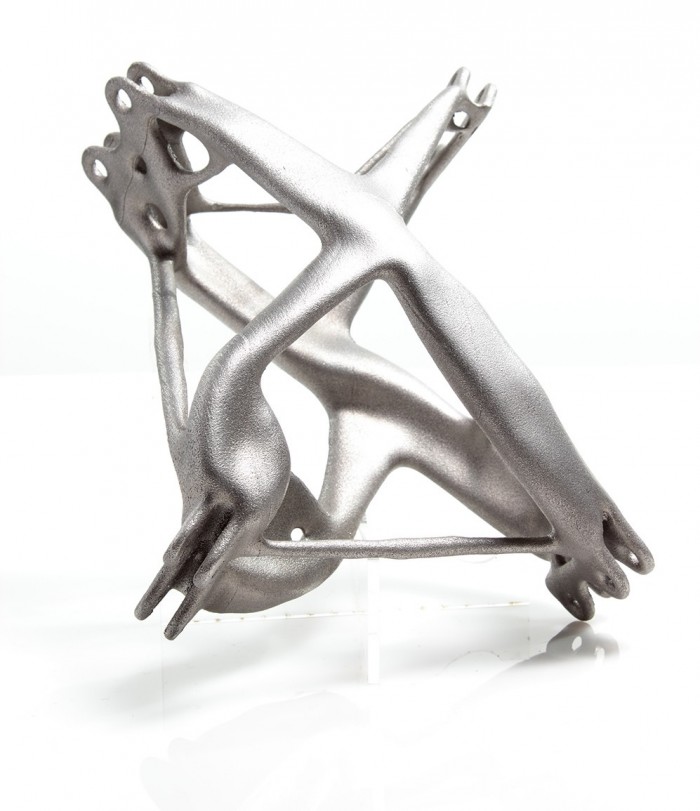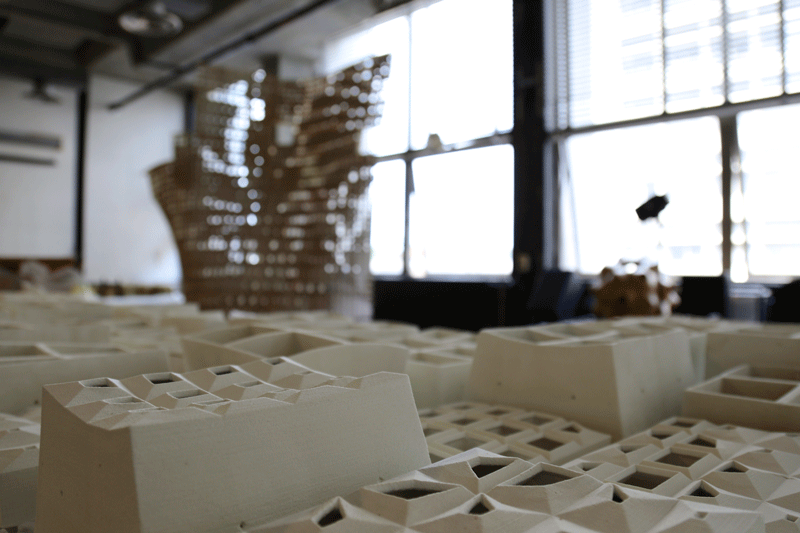Digital Fabrication in Architecture – The Challenge to Transform the Building Industry
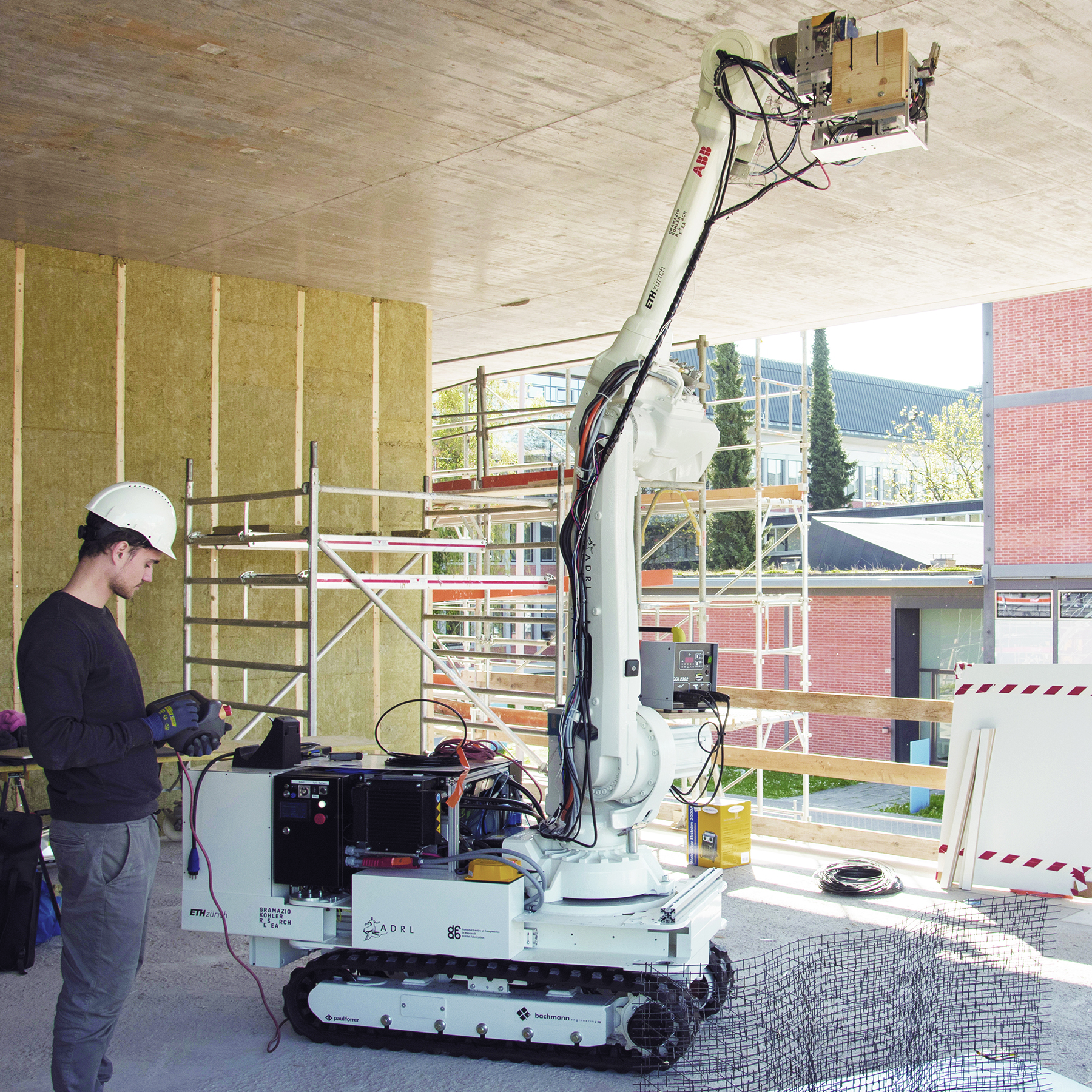
Society faces enormous challenges in constructing a high-quality, future-oriented built environment. Construction sites today, still look much like building sites at the beginning of the 20th century. Current research on digital fabrication in architecture indicates that the development and integration of innovative digital technologies within architectural and construction processes could transform the building industry - on the verge of a building industry 4.0. Digital technologies in architecture and construction could increase productivity and create new jobs.
Many building processes still involve sub-standard working conditions and are not compellingly sustainable. Current research on the integration of digital technologies within construction processes promises substantial contributions to sustainability and productivity, while at the same time enabling completely new forms of architectural expression. The multidisciplinary nature of integrating digital processes remains a key challenge to establishing a digital building culture. In order to fully exploit the potential of digital fabrication, an institutional and funding environment that enables strong interdisciplinary research is required. Traditionally separated disciplines such as: architecture, structural design, computer science, materials science, control systems engineering, and robotics now need to form strong research connections.
During the external pageAAAS 2017 Annual Meeting in Bostoncall_made, Jonas Buchli, ETH Zurich – The Swiss Federal Institute of Technology in Zurich, Switzerland, Ronald Rael, University of California, Berkeley, U.S.A., and Jane Burry, RMIT University, Melbourne, Australia reveal the latest developments in digital fabrication in architecture at 1:1 building scale. In their presentations, they show digital technologies can be successfully integrated in design, planning, and building processes in order to successfully transform the building industry.
On Site Digital Fabrication for Architecture
Jonas Buchli, Assistant Professor for Agile and Dexterous Robotics at ETH Zurich in Switzerland and principal investigator in the external pageNational Centre of Competence in Research (NCCR) Digital Fabricationcall_made is proposing a radical focus on domain specific robotic technology enabling the use of digital fabrication directly on construction sites and in large scale prefabrication. He demonstrates how researchers at ETH Zurich within the NCCR Digital Fabrication as Switzerland’s leading initiative for the development and integration of digital technologies within the field of architecture are facing the challenge of developing this technology. They bring a comprehensive and interdisciplinary approach that incorporates researchers from architecture, materials science, and robotics. In his presentation, Buchli will provide insight into current research and the future vision and development of the In situ Fabricator, a mobile and versatile construction robot, which in 2017 will be utilised for the first time on an actual building site.
The New Mathematics of Making
Digital computation has freed designers from the constraints of the static 2- and 3- dimensional representational techniques of drawing and physical modelling. Design attributes can be directly linked to extraneous factors: structural or environmental optimisation, or fabrication and material constraints. Mathematical design models contain sufficient information even for computer numerical controlled (CNC) fabrication machines and techniques. external pageJane Burrycall_made, Director of the external pageSpatial Information Architecture Laboratorycall_made at RMIT University in Melbourne, Australia, explores how these opportunities for automation, optimisation, variation, mass-customisation, and quality control can be fully realised in the built environment within full scale construction. Burry shows select digital fabrication examples, where research and innovation have changed construction practice. She will draw on prominent case studies such as the design and construction of Antonio Gaudí’s Sagrada Familia.
Building Materials for 3D Printing
Most materials used in 3D printing are used for small objects. external pageRonald Raelcall_made, Associate Professor for Architecture at UC Berkeley, U.S.A., reveals how he is developing new materials that can overcome the challenges of scale and costs of 3D printing on 1:1 construction scale. He demonstrates that viable solutions for 3D printing in architecture involve a material supply from sustainable resources, culled from waste streams or consideration of the efficiency of a building product’s digital materiality. The methods of such architectural additive manufacturing must emerge from interdisciplinary research.

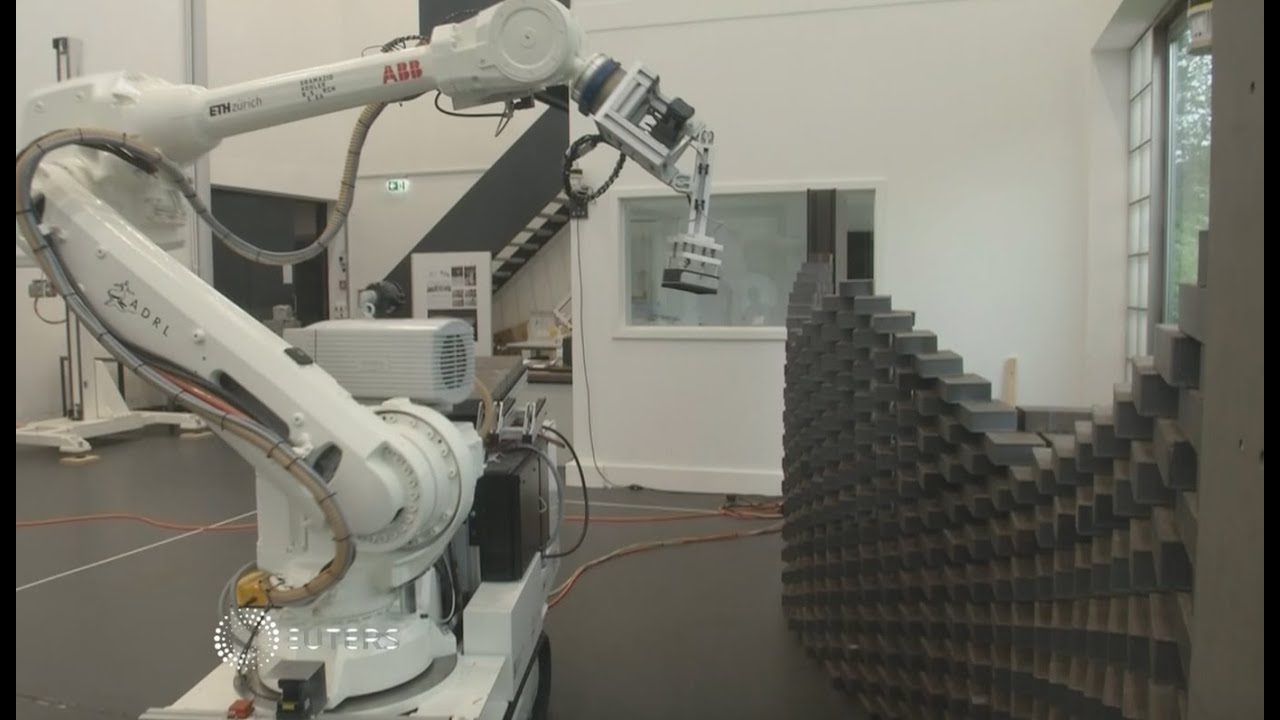
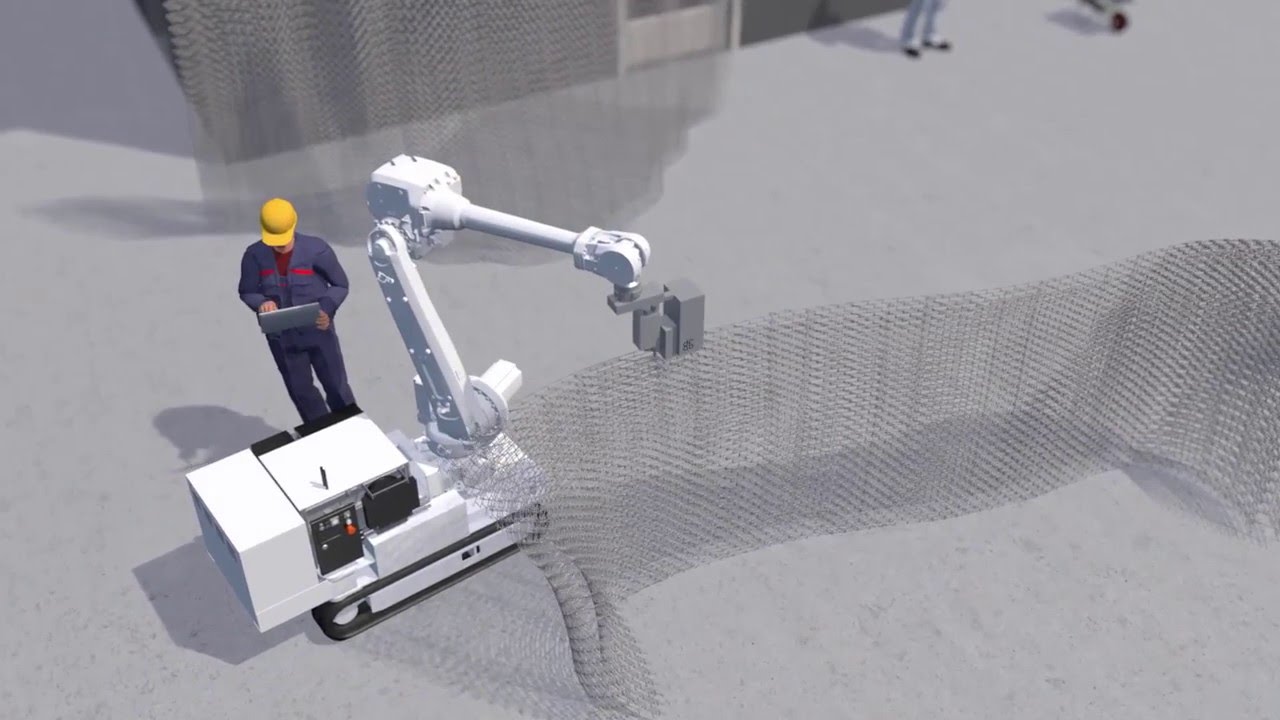
Additional Web Resources
Digital Fabrication and architectural design project examples
external pagehttp://www.sial.rmit.edu.au/portfolio/fabpod-sial/call_made
external pagehttp://www.sial.rmit.edu.au/portfolio/smartnodes/call_made
external pagehttp://www.sial.rmit.edu.au/portfolio/passion-facade/call_made
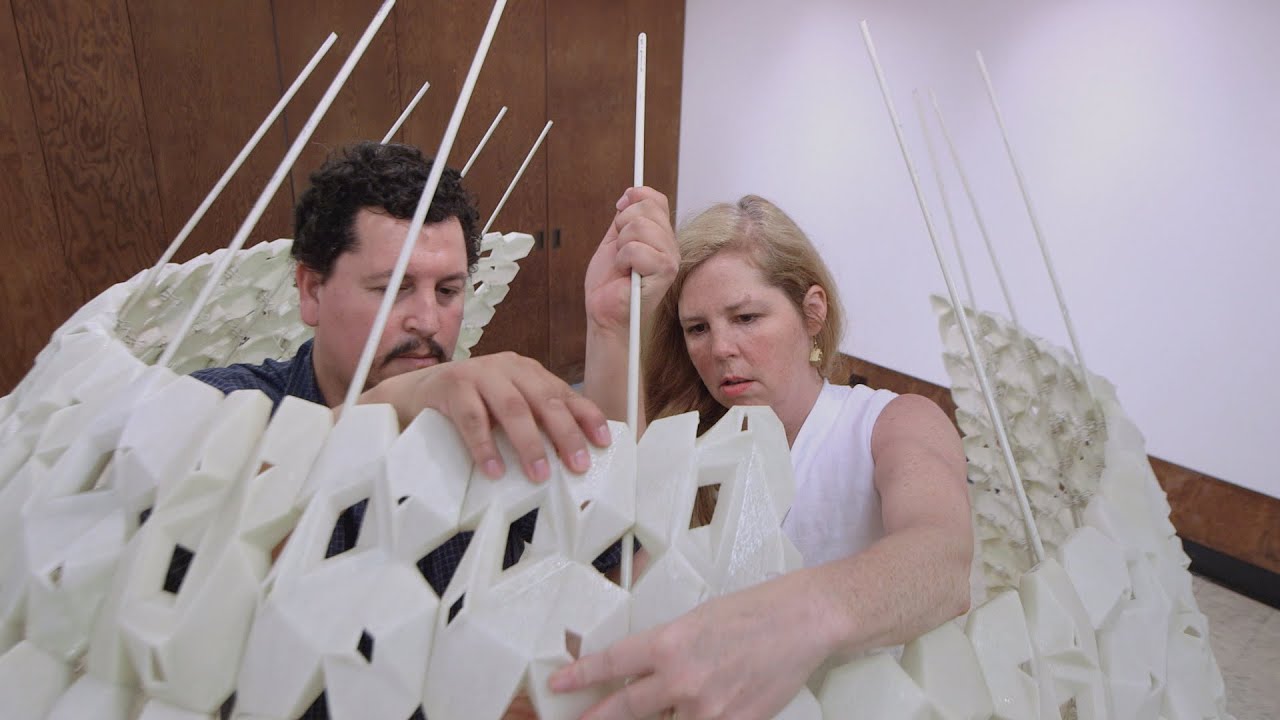
Connections
Meet us at AAAS 2017
external page"Digital Fabrication in Architecture – The Challenge to Transform the Building Industry"call_made
Friday, February 17th, 2017, 03:00 – 4:30 PM
Room 206, Hynes Convention Centre, Boston, USA
Media Contacts
ETH Zurich Media Relations, +41 44 632 41 41,
Rahel Byland, Program Manager, ETH Zurich (on-site at AAAS in Boston)
Researchers' Contacts
Jonas Buchli, Assistant Professor for Agile and Dexterous Robotics, NCCR Digital Fabrication and Institute for Robotics and Intelligent Systems, ETH Zurich, Switzerland,
Jane Burry, Associate Professor, Director of the Spatial Information Architecture Laboratory, RMIT University, Melbourne, Australia
Ronald Rael, Associate Professor of Architecture, UC Berkeley, College of Environmental Design, Berkeley, USA

